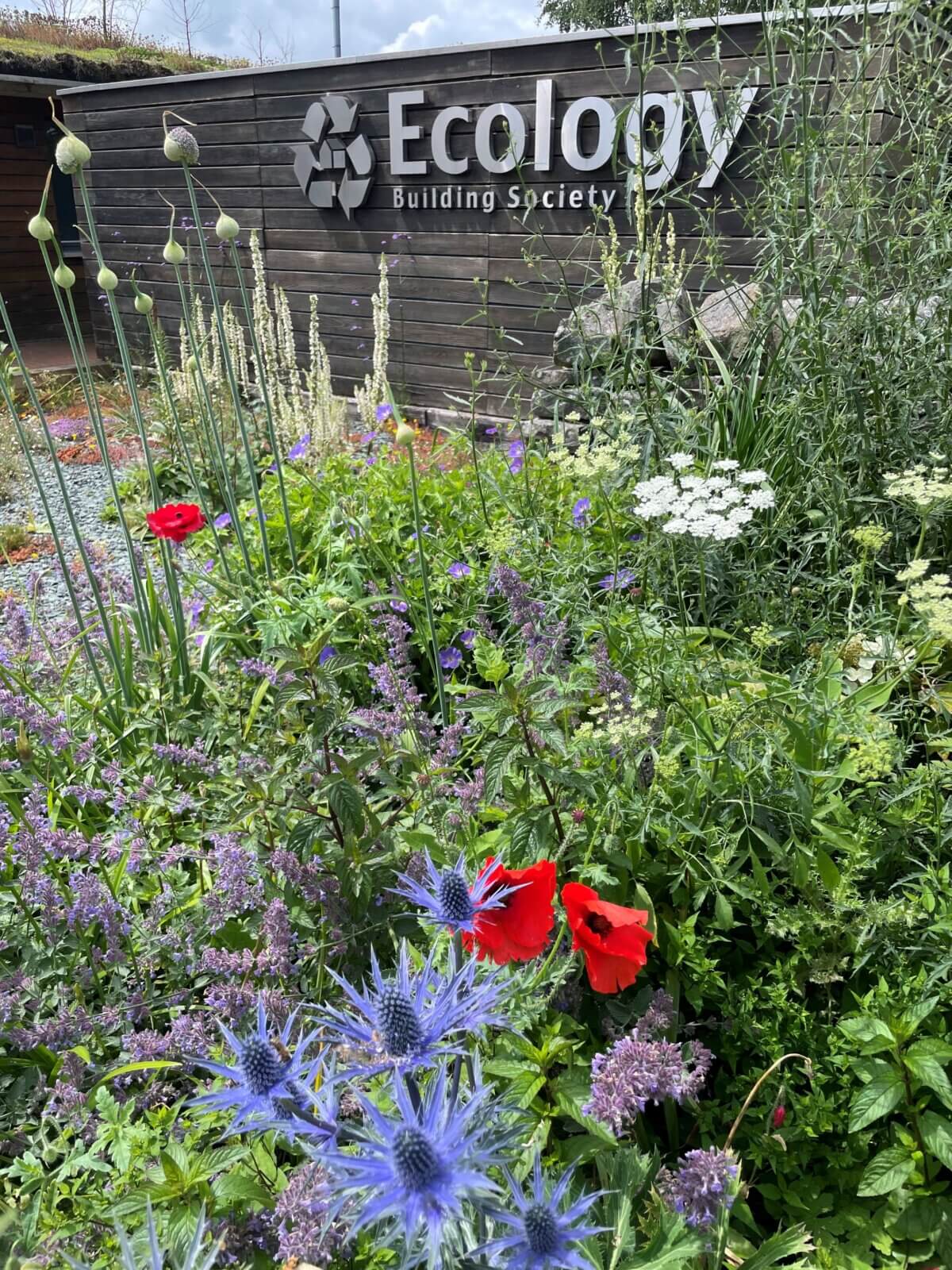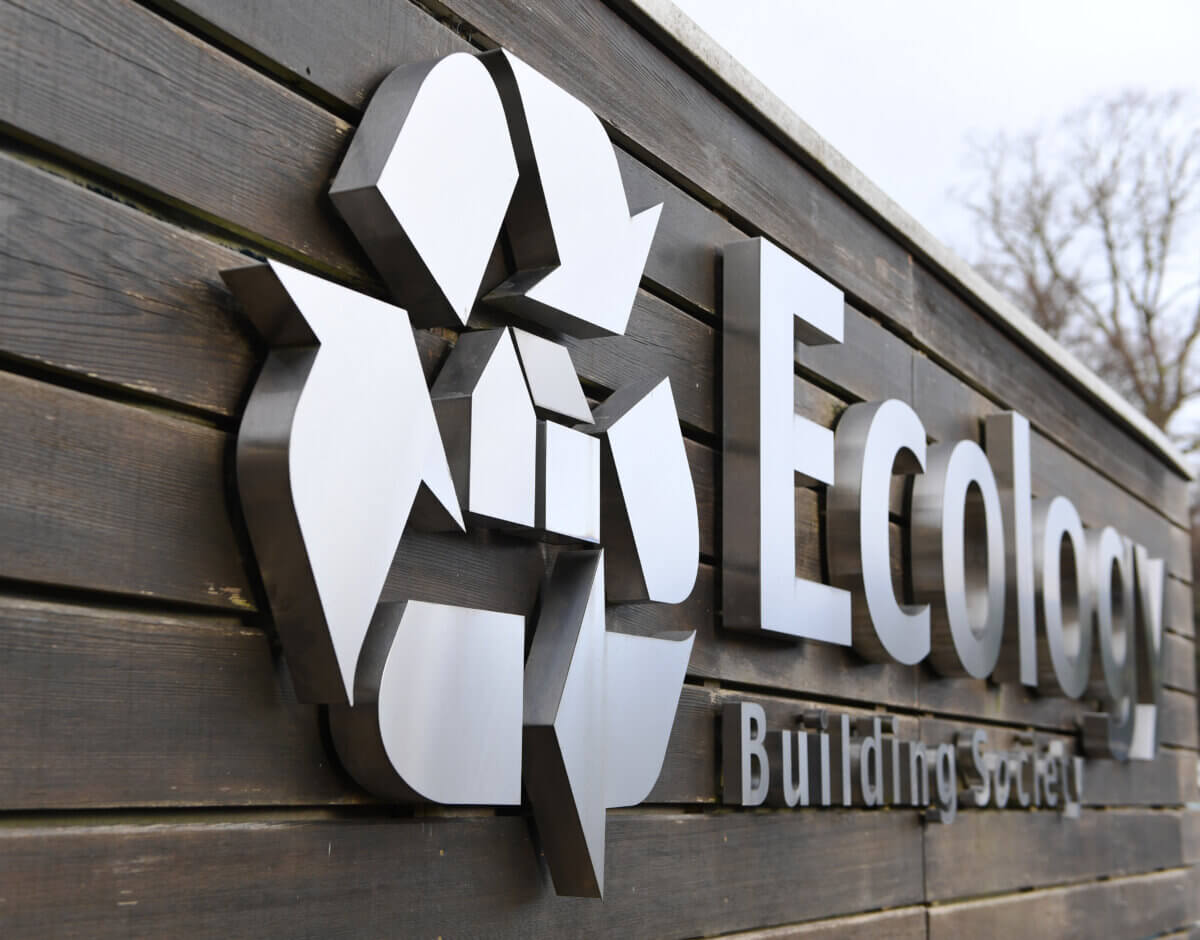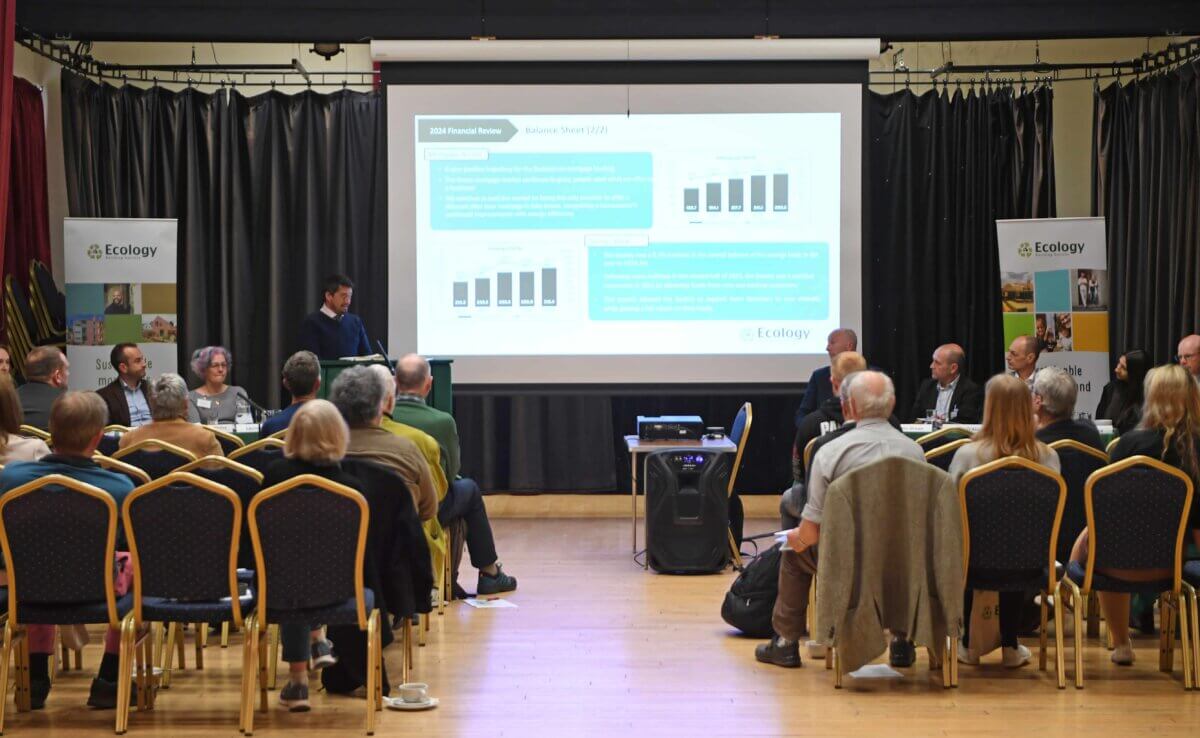Community Green Space And The Road To Recovery
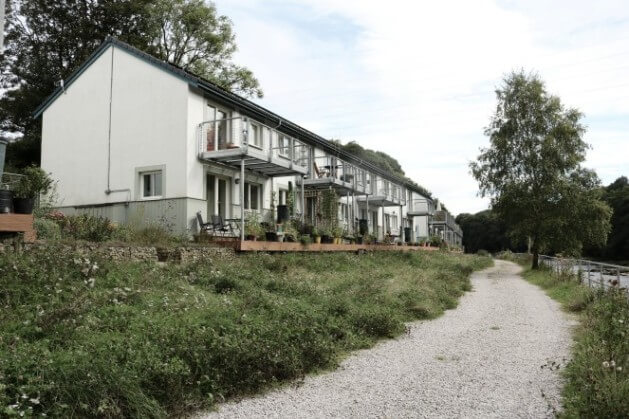
Since lockdown began, the value of the UK’s green spaces, particularly in and around urban areas, has become clearer than ever. Amidst uncertainty, restriction and adaptation, these places have, for many of us, become an essential source of respite – a chance to immerse ourselves, if briefly, in the rhythm of nature, as we continue to negotiate the complexities of the pandemic.
While travel further afield continues to be restricted, our local green areas can undergo a miraculous expansion as we discover new walking and cycling routes around our homes. Whether it’s a minor detour from a well-trodden path, or a new area of woodland or stretch of riverbank, these discoveries can prompt an awareness that we tend to be creatures of routine – perhaps more than we had realised. Stepping outside of these usual routines, can give us a new perspective on the ongoing value and potential of our shared green spaces as we look ahead to life after lockdown; they offer relaxing and healthy environments where we can meet friends, engage in lifelong learning through volunteering, teach children (and adults!) to identify flora and fauna, or take part in sports we enjoy. They can also offer precious opportunity for solitude, particularly for the 80% of the UK population who live in towns and cities.
The benefit of such regular connection with nature has been well evidenced through recent research. It has been linked to a host of favourable well-being outcomes, including lower levels of stress hormones, reduced depression and fatigue, improved social networks and higher levels of physical activity. What’s more, these beneficial impacts have been shown to be greatest for those of us from areas of higher socioeconomic deprivation, so highlighting access to green space as an essential tool in efforts to reduce current inequalities in health outcomes.
While large-scale new housing developments do not typically position residents’ access to green space as a leading priority, there are some inspiring community-led housing groups that we can turn to for an alternative vision. Take Chapeltown Cohousing (ChaCo) in Leeds – an ambitious Ecology-backed co-housing project designed around access to shared green space with provision made for communal food-growing areas and the integration of pre-existing trees into the site. ChaCo is striving to create a community that will be sustainable, diverse and open, with green space being an essential enabler to achieving this. Another example is Open House Project on the outskirts of Sheffield which provides energy-efficient homes built around a communal garden.
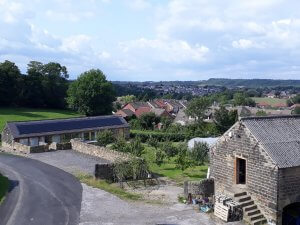
Workplaces can also make a meaningful contribution to well-being through enabling access to shared outdoor areas and encouraging use and enjoyment of these spaces. Here at Ecology, our permaculture-inspired vegetable garden provides colleagues with a chance to spend time with one another away from desks, while enjoying an active lunchbreak outdoors. Given the undesirable outcomes associated with increasingly sedentary lifestyles, providing some green space for this type of activity can make a profound and positive difference to the well-being of individuals and organisations. There’s also fantastic work being done by organisations like Ecology’s charity partner, Trees for Cities, which undertakes projects on an international scale to plant more urban trees and create greener cities.
In the drive to kick-start the UK economy once we emerge from lockdown, our focus must turn to what underpins it: healthy, resilient communities which depend on healthy, resilient natural spaces that are accessible to all. Let’s concentrate on putting this at the heart of our ‘new normal’ as we look ahead to a green recovery.
To see more examples of homes and communities designed for a sustainable future, head over to our case study library.
Header image: homes at the Ecology-supported Lancaster Cohousing community.
